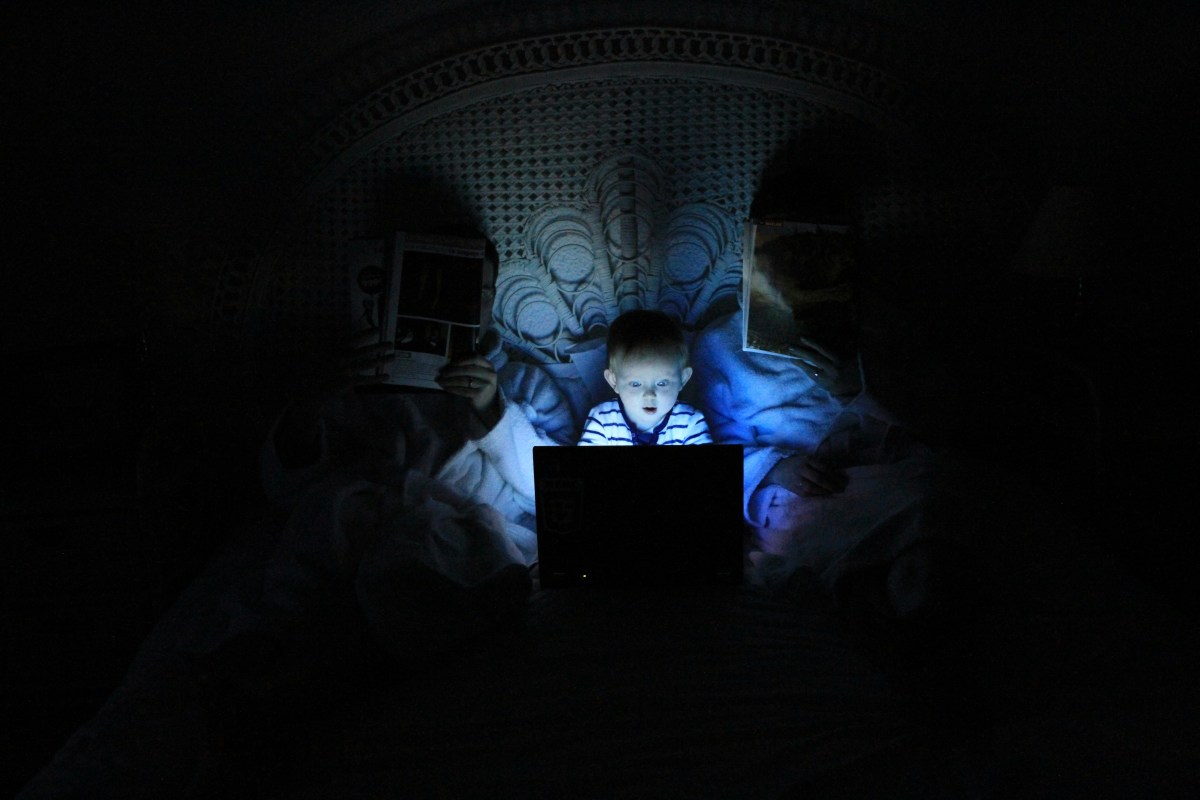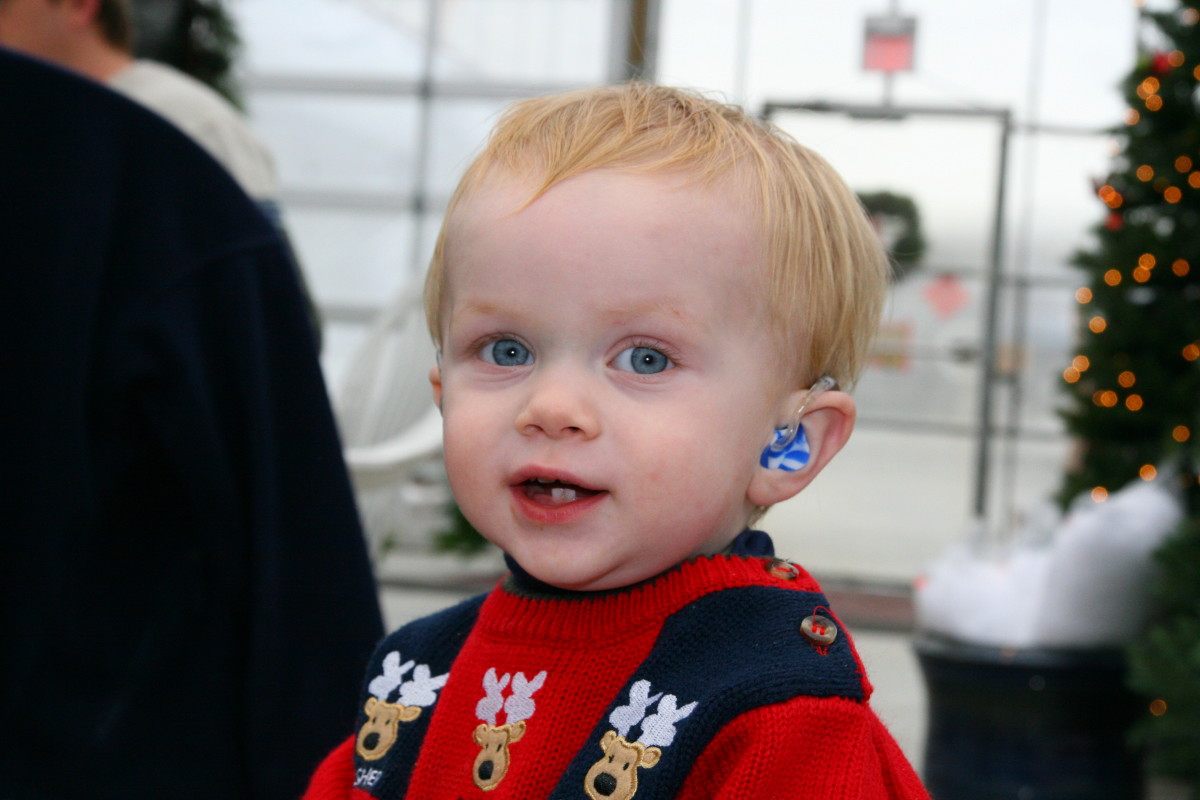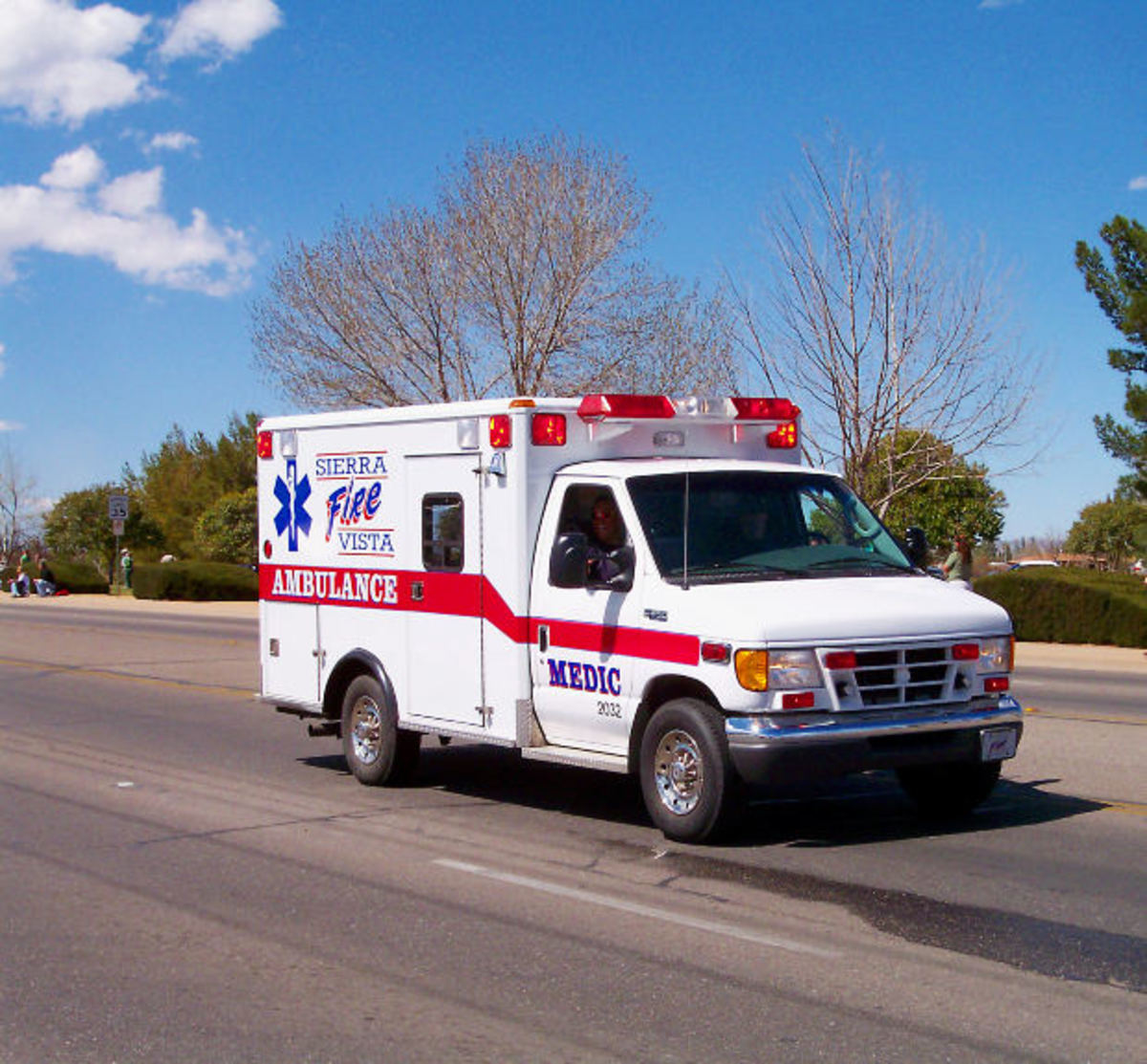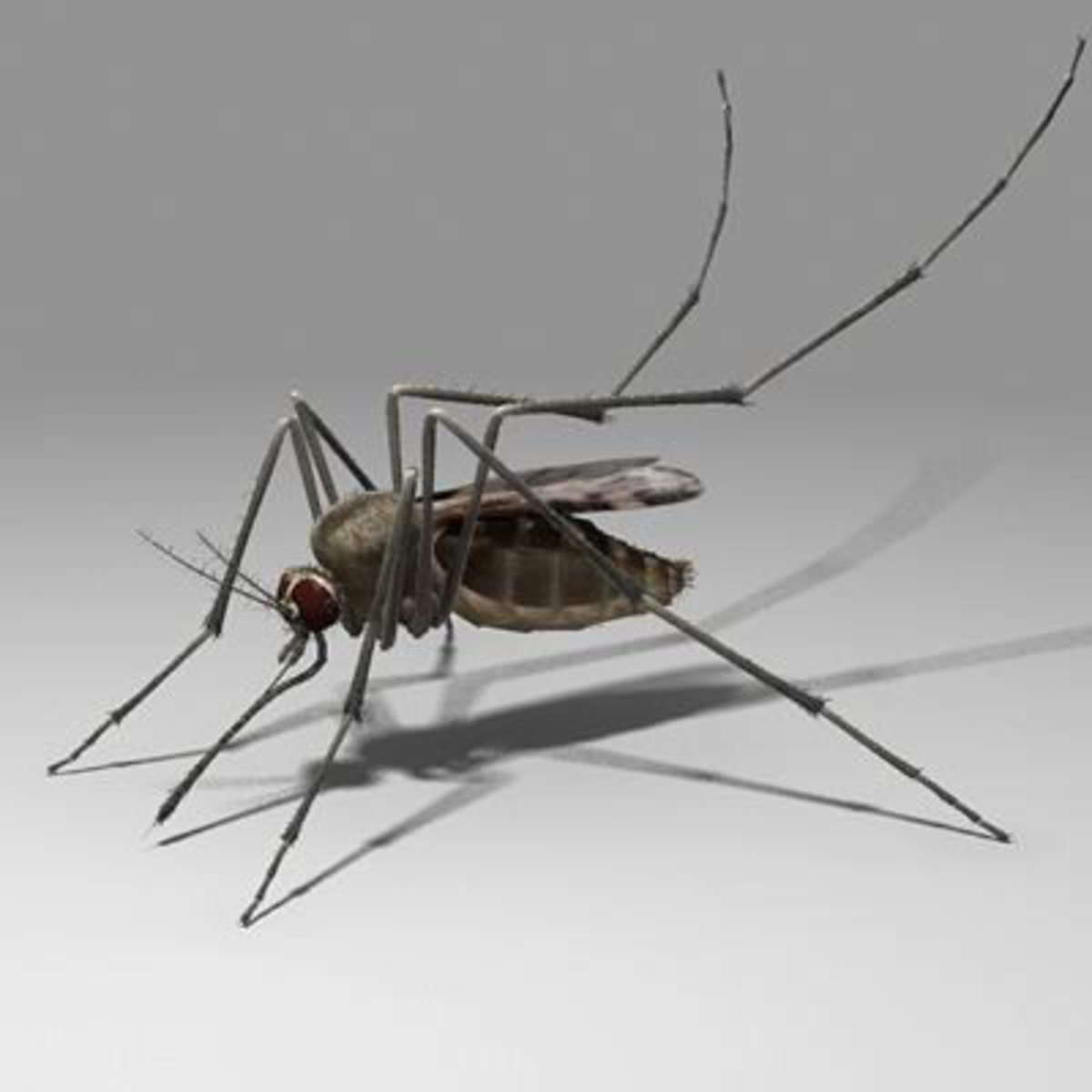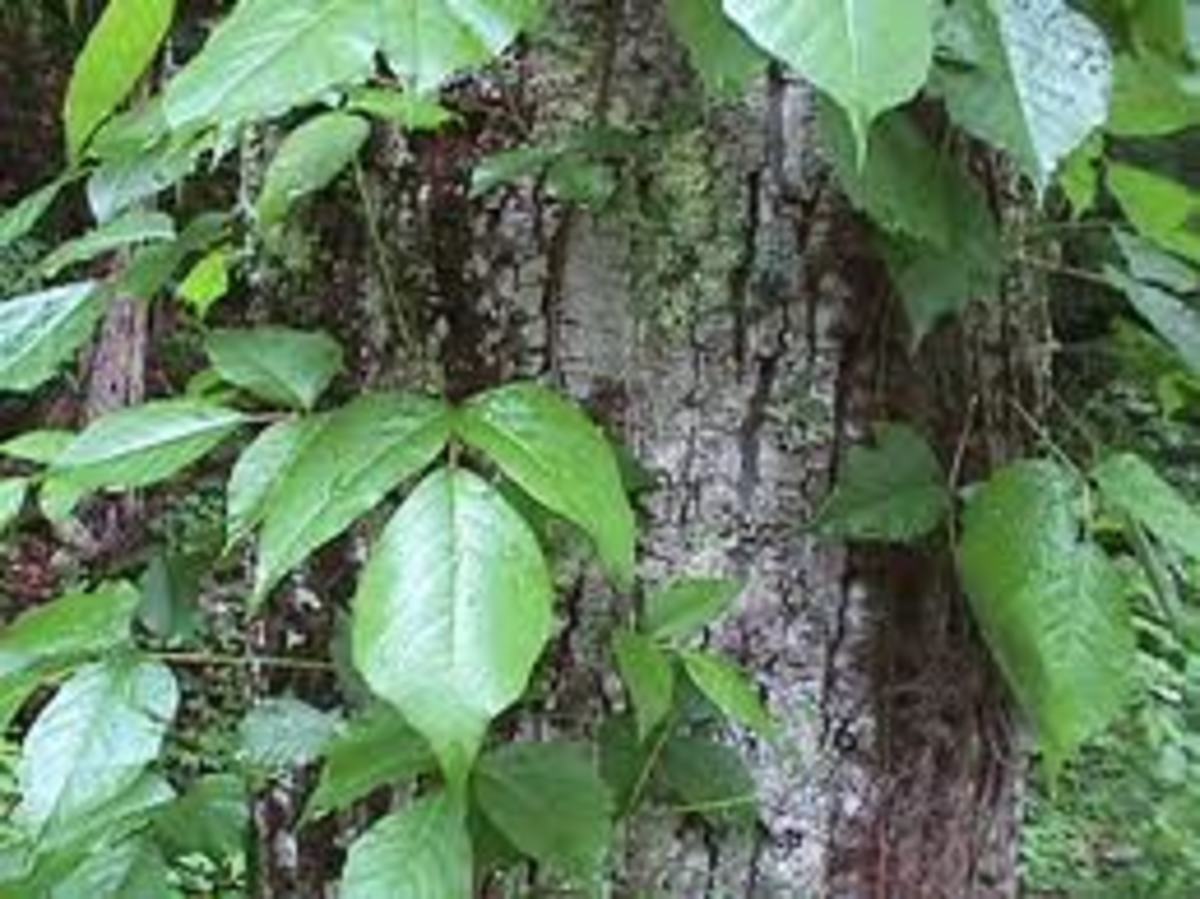8 First Aid Tips Every Parent Should Know
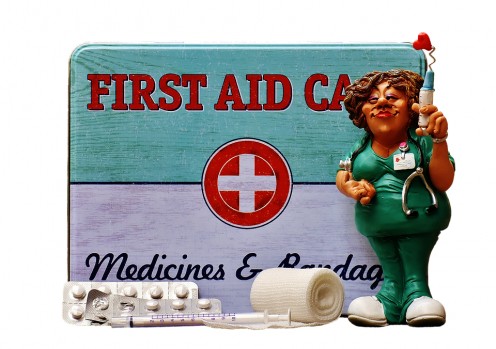
Keeping Your Children Safe
A parent could spend hours/days/weeks baby proofing their home only to find out how good children are at overcoming obstacles. Some children can work child locks better than many adults. No matter how much time and effort you put into making your home safe, your child will eventually find a way to harm themselves.
The difference between a situation and an emergency is how you handle the crisis. If you’re not armed with the correct first aid knowledge to care for your child, it could quickly escalate into an emergency. That’s why it’s always a good idea for a parent to know these eight basic first aid skills. Knowing each one of these important tips will give you the confidence to jump into action and possibly save your babies life.
First Aid for Stings and Bug Bites
- Disinfect the sting, the area around the sting, and a pair of tweezers with a small amount of alcohol.
- Use the tweezers to gently pull the stinger out of the sting.
- Apply ice to keep the area from swelling badly.
- Put a dab of antihistamine cream on the bite to keep it from causing irritation.
- If your child shows signs of an allergic reaction take them to their doctor right away. They may have you give a small amount of Benadryl, but you should always consult a doctor before giving medication to young children.
Prevention is key when you take a small child outside. Dress them in clothing that covers their delicate skin, and put netting around strollers or play-pens.
First Aid for A Choking Child
- Lay your child face down across your forearm.
- Support their head by placing their chin in your palm.
- Keep their head and neck lower then their chest.
- Use your other hand to deliver firm blows between their shoulder blades.
- When done right, the item should dislodge and come out of their mouth. If after five blows nothing has come out, check their mouth by swiping it with your pinky. If you feel something in their mouth, remove it, if you don’t, continue pounding on their back.
- If your child loses consciousness switch to CPR, and have someone else call 911.
You should always do the paper towel tube test to reduce the chance of choking. If something is small enough to fit through an empty paper towel tube, then it should not be given to your child.
Treating a Cut or Scrape
Children will forever find ways to get banged up, especially young children who're just learning how to walk. If the wound does not stop bleeding, is bleeding profusely, or looks really deep, you should take them to be looked at by a Doctor. If it does not look like stitches will be needed, you can patch it up right at home:
- Wash the area with warm water and an antibacterial soap.
- Pat (don't rub) the area dry with a clean towel or cloth.
- Apply an antibacterial cream such as Neosporin or Bacitracin to the cut or scrape.
- Put a bandage over the wound.
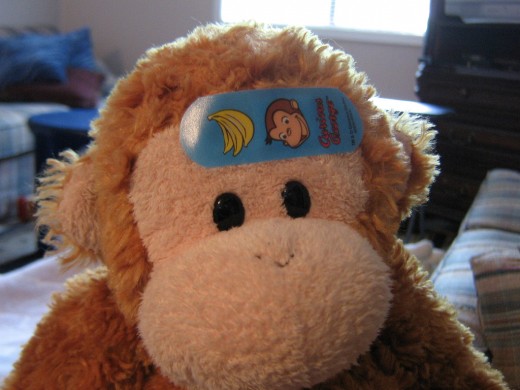
First Aid for Burns
Burns are not uncommon among children, especially among toddlers who are starting to explore the world around them, and like to grab things that are on counters and tables. Most mild burns may be treated easily at home, but anything beyond a first degree burn must be treated by a medical professional.
Treating a mild burn:
- Run the burn under cold water for ten minutes, or until the worst of the pain has subsided.
- Apply Aloe Vera to the burn, or a moisturizer containing Aloe.
- Cover the burn with a damp gauze pad and medical tape.
Treating a serious burn:
- Call an ambulance or have someone else call for you.
- Wrap the child in a sheet or blanket to prevent hypothermia.
- Run the burn under hot water and wait for help to arrive.
- If you're taking your child to the hospital, cover the burn with a damp gauze pad and keep them wrapped up on the way to the emergency room.
First Aid for Eye Injuries
It's extremely important that a parent tread with caution when treating an eye injury because the risk of irreversible damage is so high. If your child has cut or impaled their eye, seek medical attention right away. If you know there is something large in their eye, you should take them to an eye doctor immediately. In the event that your child had gotten something in their eye that can be removed without damage, follow the steps below:
- Hold the eye open and try to locate the foreign object.
- While holding the eye open, flush with clean water for at least ten minutes.
- If you have an eye flushing kit handy, use that by following the enclosed instructions.
Treating a Nosebleed
Your first reaction when you see a nosebleed might be to have the injured person tilt their head back. However, you do not want to do this. What you actually should do is to tilt their head forward and apply pressure to the nostrils/bridge of their nose. If the bleeding does not stop after ten minutes, you should seek medical attention.
First Aid for A Head Injury
Bumped heads are a common side effect of uneasy babies on their newly developed leg muscles. We run around, hoping to catch them before they hurt themselves, but we cannot always be right beside them. If your child bumps their head, you can follow these steps to make it feel better:
- Put a cold compress, or ice wrapped in a cloth, on the area that was hit to reduce the swelling.
- Check to make sure there are no cuts or scrapes present, and attend to them if there are.
- Prompt your child to rest for a while.
- Monitor them closely afterwards and watch for signs of a more serious problem.
Many children will be up and back on their feet within minutes, but if you observe any confusion, bleeding, loss of balance, inability to stay awake, vomiting, or other symptoms, visit your doctor immediately.
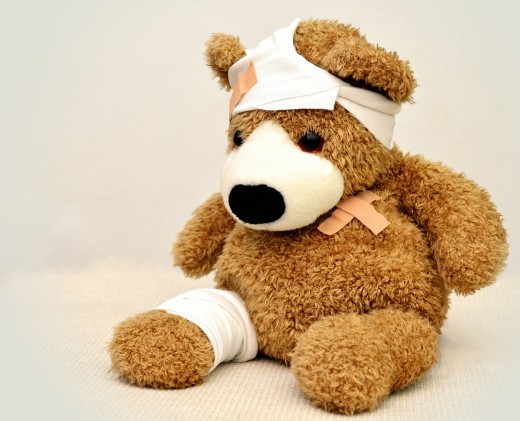
First Aid for Poisoning
As a parent, it is your responsibility to make sure any toxic chemicals are out of your child’s reach. However, every now and then your little one may find something you overlooked, or never thought about as being harmful. When this happens, it’s best practice to call poison control or your doctor. Never try to make a child vomit when you think they may have swallowed something dangerous, as this could result in worse problems.
Tell us what you think!
Was this information helpful?
© 2018 Meagan Ireland


